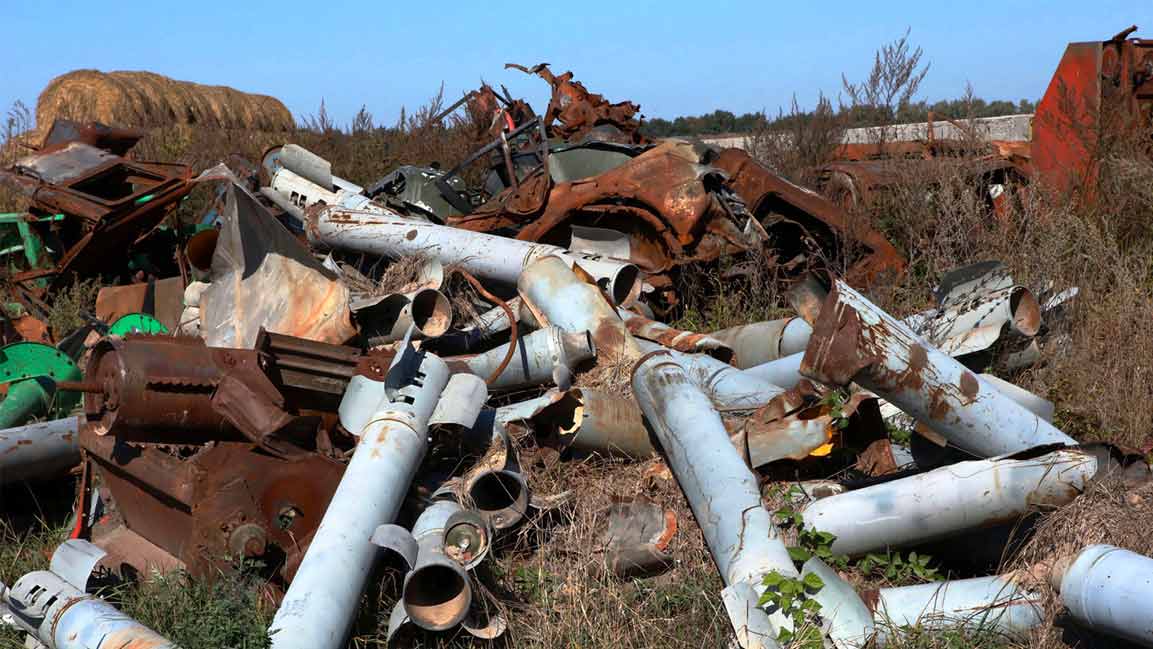- | 9:00 am
Should we make jet fuel out of corn?
Incentivizing corn-based ethanol could be even worse for the environment.

The airline industry is betting on “sustainable” aviation fuel to help it shrink emissions. But just replacing fossil fuels doesn’t automatically mean that an alternative is better for the climate—and environmental groups are worried that a new tax credit has the potential to make the problem worse if it’s set up the wrong way.
Under the Inflation Reduction Act, jet fuel that reduces emissions by at least 50% will be able to get tax credits. Last week, the Treasury Department shared more details about which fuels might qualify. It’s possible that jet fuel made from corn ethanol or other vegetable oil biofuels may be able to use the credits.
That’s a problem in part because growing crops for fuel can displace crops grown for food, and globally, more forests could be cut down to make room for agriculture. “The fundamental issue is, are we going to burn food in our planes?” says Dan Lashof, the U.S. director of the nonprofit World Resources Institute. “I mean, it really comes down to that. And when you put it that way, it sounds like a ridiculous thing to do.”
The Department of Energy wants to support the production of 35 billion gallons of sustainable aviation fuel. If all of that was made from corn-based ethanol—although that’s unlikely—it would require more than 110 million acres of corn, more than the total amount of corn that’s grown today, Lashof says. Right now, around 90 million acres of corn are grown in the U.S., and around a third of that goes to ethanol for other vehicles.
Some studies have found that ethanol used in cars could cause more global warming than gasoline because it means that more land is converted to farming, and it increases fertilizer use. Other studies have suggested that it can cut emissions by 40%-45% if the impacts from land use change aren’t factored in.
Under one international model, called CORSIA, ethanol or other biofuels made from vegetable oil wouldn’t qualify for the tax credits. Companies with other types of sustainable aviation fuel can use the CORSIA model to get the credits. But the Treasury Department wants to let companies also use a different model that suggests that biofuels have lower emissions.
The airline industry wants the option to use ethanol, which is most commonly made from corn, because it already exists at a large scale. While airlines are backing startups that are developing multiple other alternative fuels, and even small electric planes, those options are still nascent.
Twelve, one startup, is launching a new factory that plans to produce 40,000 gallons of jet fuel from CO2 next year, and then ramp up to 1 million gallons of production per year. But the airline industry used 95 billion gallons of jet fuel in 2019. It will take time for the supply of new options to grow, whether that’s CO2-based jet fuel or fuel made from agricultural waste rather than food.
It’s possible that other uses of ethanol could drop as more drivers switch to electric cars, and airlines could make use of more of the existing supply. But it’s arguably more likely that incentivizing ethanol in planes would cause farming to expand.
Using other crops to make fuel has the same problem, Lashof argues. “It takes a lot of land to grow soybeans,” he says. “And if you are diverting soybeans from food purposes to fuel, that food has to be replaced somewhere. So, even if you say, ‘Oh, we’re using U.S. soybeans and that’s grown on land that’s been in agriculture for a long time,’ you’re taking those soybeans off the global market and it’s going to get replaced by either expansion of soybean production in Amazon or palm oil production in Indonesia or Africa.”
World Resources Institute calculates that providing even 25% of global aviation fuel from vegetable oil would require doubling production of that oil.
The Department of Energy and EPA are now considering the details of the modeling, and new guidance will come out on March 1. Meanwhile, the ethanol industry will continue lobbying to be included. The government has said that they’ll use the “best available science” to model emissions from land use change. “Whether they actually do that or not will determine whether this guidance makes climate change better or worse,” Lashof says.







































